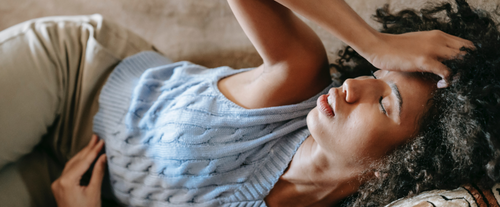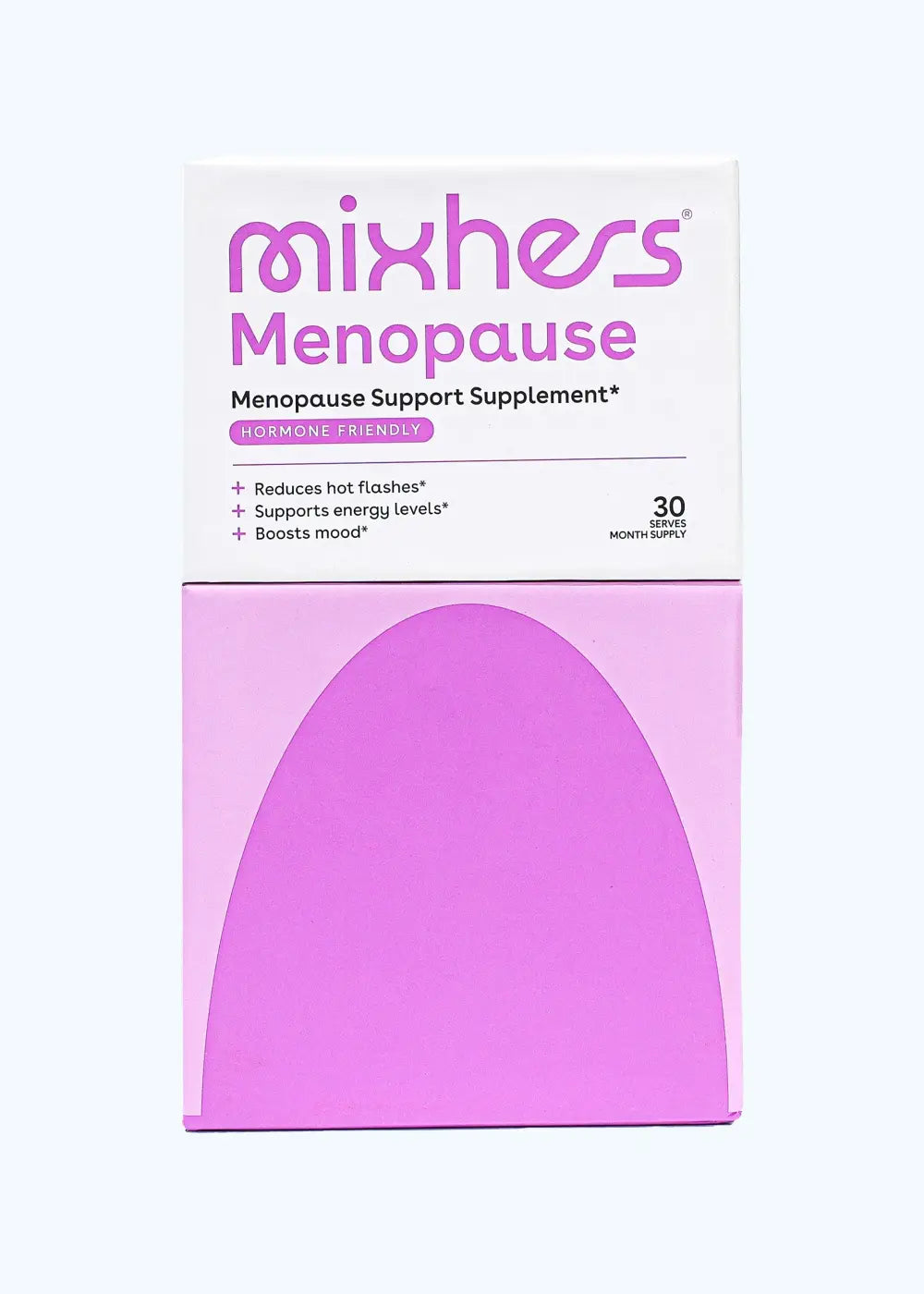There are a lot of symptoms associated with menstruation. Some are minor annoyances (bloating, anyone?), while others interfere with our daily lives due to the pain and discomfort they cause. For many of us females, painful periods have become a part of life. We deal with everything from cramping to excessive bleeding to back pain during period.
Though back pain seems completely unrelated to period pain, the two often go hand-in-hand. They’re kind of like the evil version of the Wonder Twins and have the power to knock you off your feet (literally). Here’s what all of us females should know about what could be causing back pain during our periods and what we can do about this common problem.












